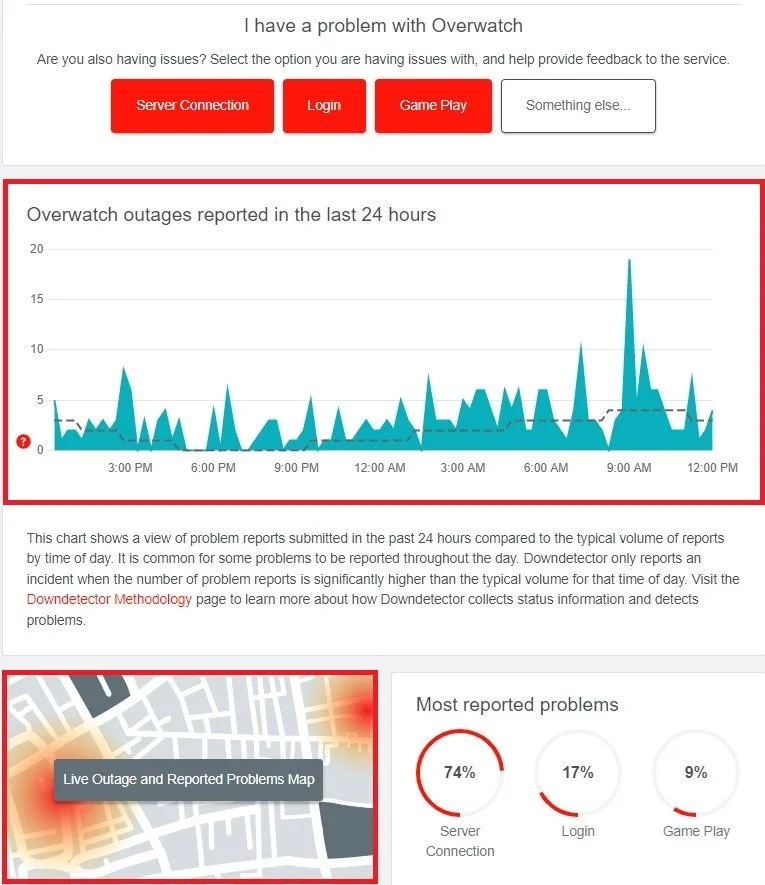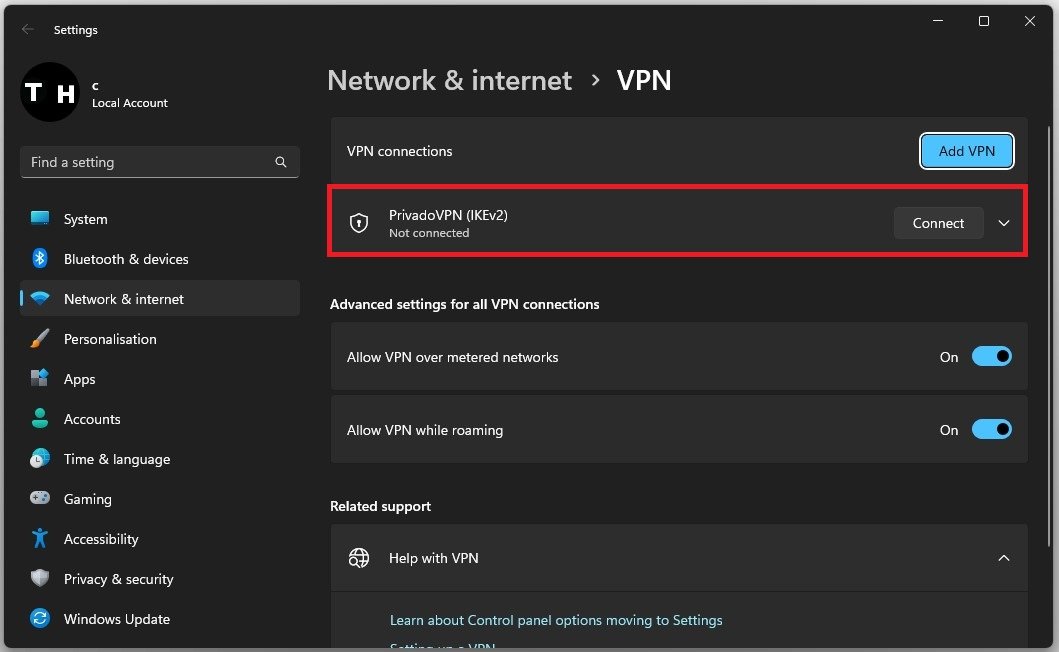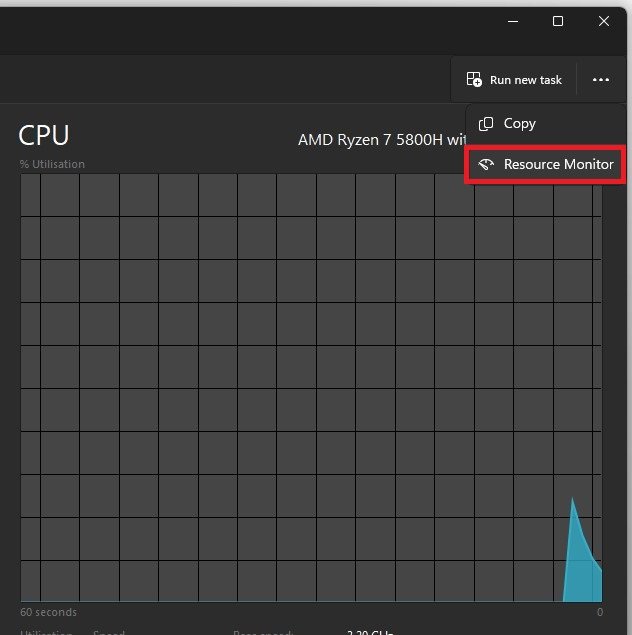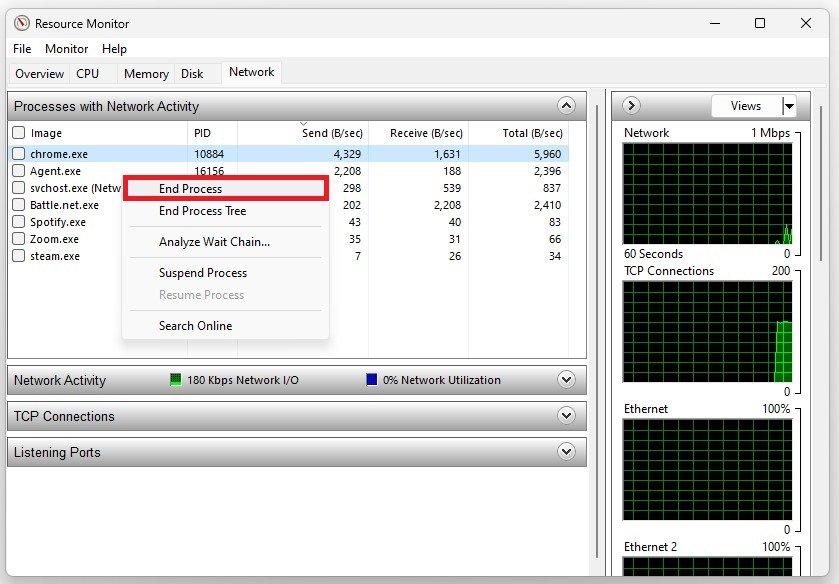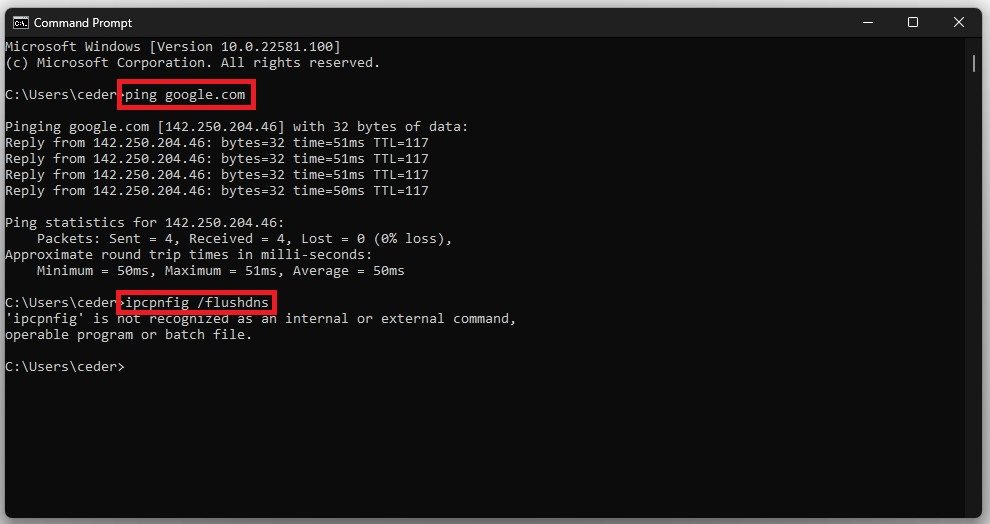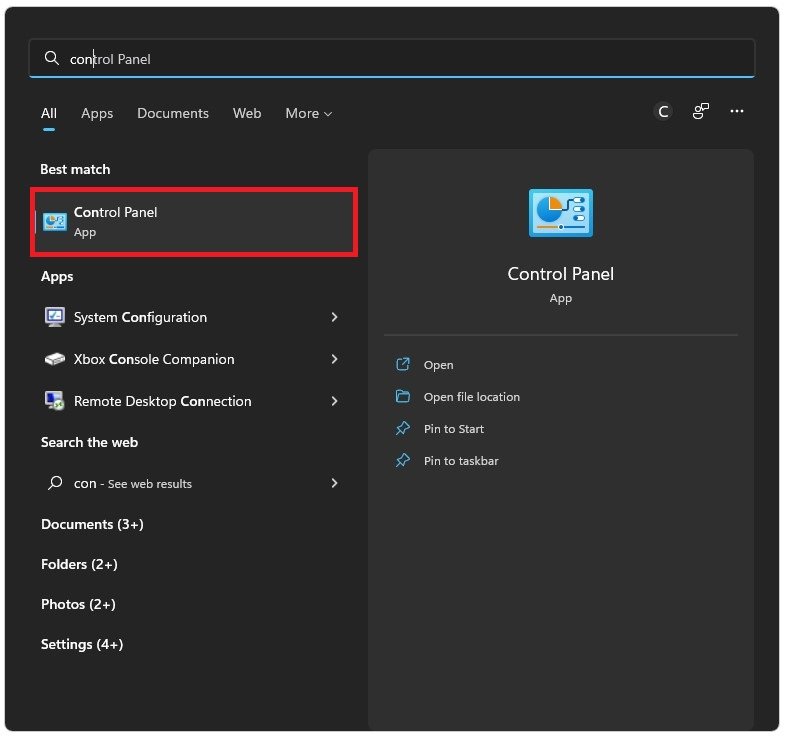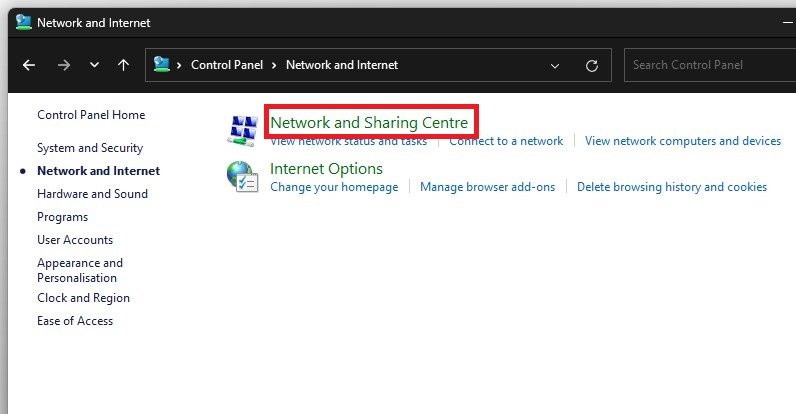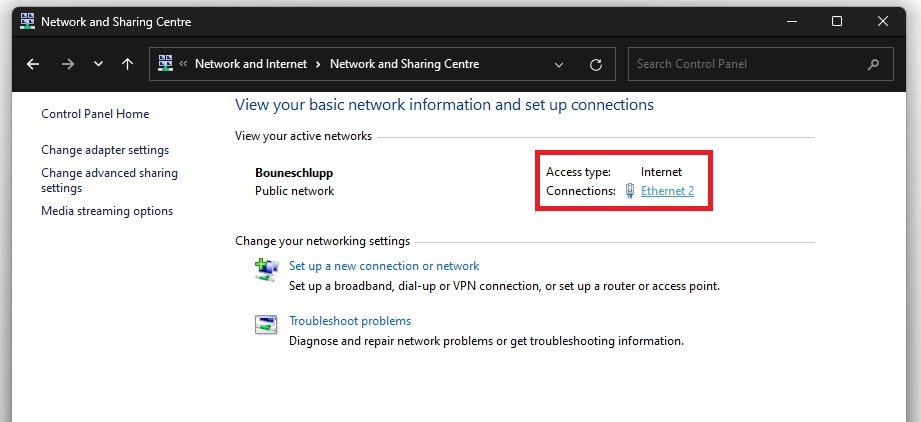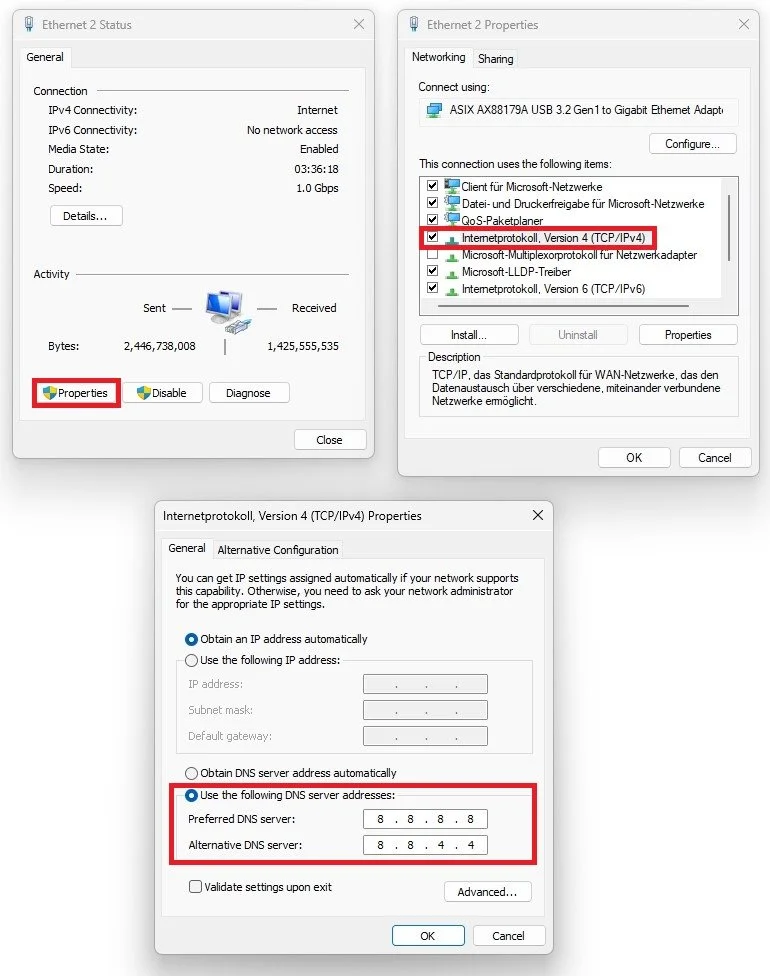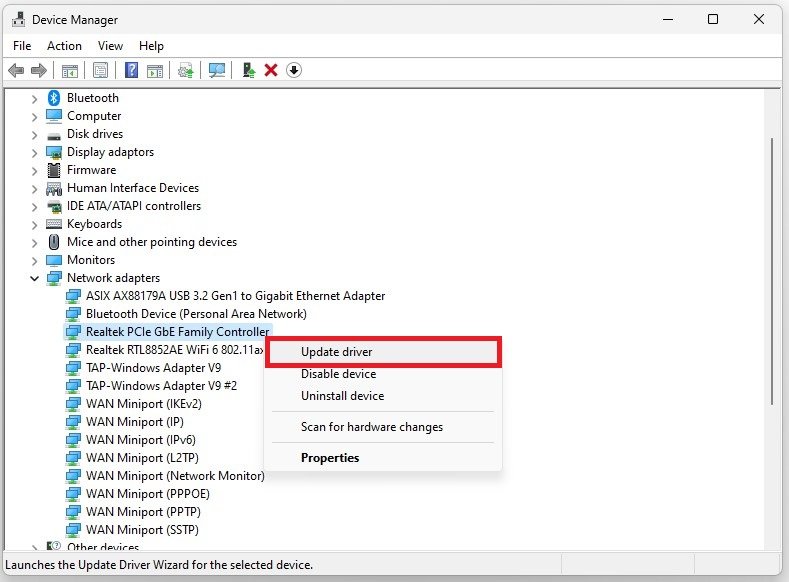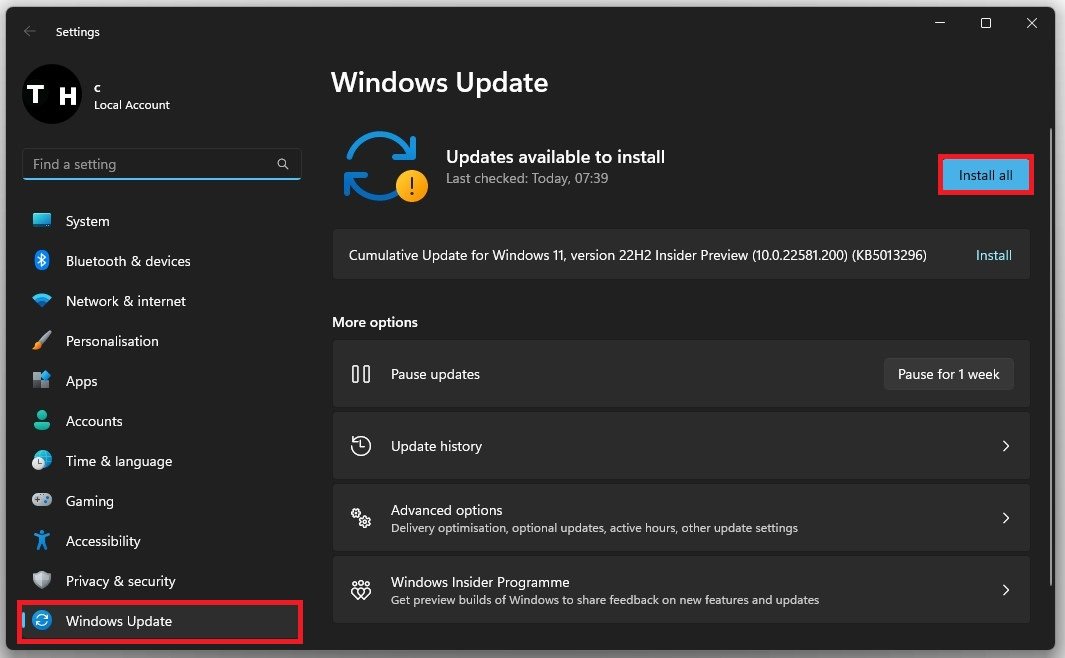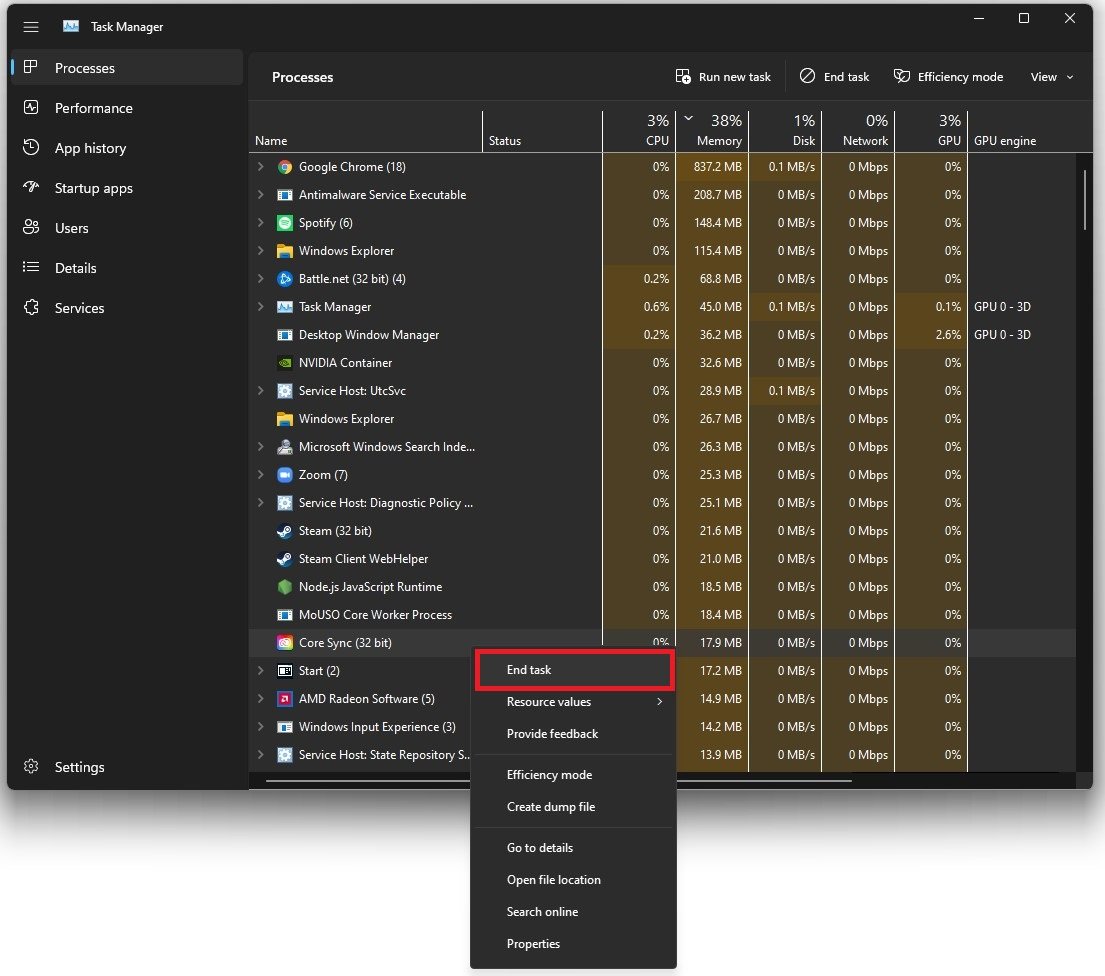Overwatch 2 - How To Fix Network Lag, High Ping & Packet Loss
Overwatch 2 is an immersive and exciting game that has gained immense popularity among gamers worldwide. However, as with any online game, network lag, high ping, and packet loss can significantly impact your gaming experience. Fortunately, there are several ways to fix these issues and improve your overall gameplay. In this article, we will explore some effective techniques that can help you reduce network lag, lower your ping, and minimize packet loss in Overwatch 2. So, if you're tired of frustrating gameplay due to these issues, read on to learn how to fix them and improve your gaming experience.
Overwatch 2 Server Status
It’s suggested to verify the Overwatch 2 Server Status page to ensure that your network issues are not related to the server you are playing on. On this page, you can preview recent server outage reports for the game connection, login issues, and more. Below, it would be best if you used the live outage map to see where these reports are coming from.
Overwatch 2 Servers Live Outage Map
Text Network Connection
If you feel like the issue is related to your network connection, then make sure to test your connection by visiting Speedtest.net. An average Up & Download speed, without interruption, is essential for a stable gaming experience. Especially your Ping should remain below 100ms.
Test average up- & download speed
Connection Improvement Tips
Account for any VPN service which could be running on your system. Or turn off your VPN while in-game. Make sure to use an ethernet cable to have the best possible connection. If you have to use a Wifi connection, then make sure to restart your router or modem if you haven't done this in a while, and reduce the number of devices connected to the same network.
Windows Settings > Network & Internet > VPN
End Network Intensive Tasks
Open your Task Manager by searching for it in your Start Menu search. In the Performance tab, select Resource Monitor.
Task Manager > Performance > Resource Monitor
In the Network tab, open the Processes with network activity, and after a few seconds, you will see every process using your network connection. This might be your browser running in the background, steam, or a download bottlenecking your connection. I suggest you only end the processes you know won't break your operating system.
Resource Monitor > Network > Processes with Network Activity
Command Prompt
Open up your Command Prompt by searching for CMD and hitting enter. Use the following two commands to improve your internet connection:
ping google.com
This command will check your latency and packet loss to google's servers. If your ping is higher than 100ms or encounters any packet loss, you should make a few changes to your connection and follow the subsequent tweaks.
ipconfig /flushdns
This will flush and reset the content of your DNS resolver cache. Using this command can, in some cases, fix network-related issues with Overwatch 2.
Use both commands in your Command Prompt to better your internet connection
Change DNS Server Addresses
If you still have latency and lag issues, you should verify your connection to your ISP and make sure you are using a decent data plan. For example, you can troubleshoot this step by switching your connection to your hotspot. When done, we will change your DNS server addresses in case your network connection still causes the problem. Open up your Control Panel by searching for it in your start menu search.
Open your Control Panel app.
View by: Category, and click on Network and Internet.
Control Panel > Network and Internet
Click on Network and Sharing Centre, and here select your connection.
Network and Internet > Network and Sharing Centre
This will open up this window, containing some general information about your connection. Navigate to Properties, and lastly, double-click the Internet Protocol Version 4. Select to Use the following DNS server addresses option, and as your Preferred DNS server, use: 8.8.8.8, and as your Alternate DNS server, use: 8.8.4.4. This will, for many users, fix network-related issues when playing Overwatch 2, as these are the official public DNS server addresses from Google, which are safe to use.
Use the following DNS server addresses
Update Network Adapter Driver
To further troubleshoot network-related problems, I suggest updating your Network Adapter’s driver. To do so, search for Device Manager in your start menu search to open it up. Expand your Network Adapters, right-click the one you are using, and select Update Driver. Finally, click on Search automatically for drivers. This will take a second to download and install the latest Network Adapter driver.
Device Manager > Network Adapters > Update Driver
Windows OS Update
You should also make sure your Windows version is up to date. Search for Update to open up your Check for Updates system settings window. Your settings will open up. Click on Check for Updates, Download or Install Now, and restart your PC after making all these changes to your OS.
Windows Settings > Windows Update
Disable 3rd Party Applications
If you still get network-related issues, you most likely have software running on your system, hindering you from playing the game. To fix this, I suggest ending processes in your Task Manager of recently installed programs that can change your files or use up your available resources, such as OBS, Shadowplay, CCleaner, or Adobe applications, to troubleshoot which program is causing the issue.
Task Manager > Processes > End Task
-
Network lag is the delay between your computer and the game server, which can cause your actions to be delayed or slow to respond in Overwatch 2. This can make the game feel unresponsive or sluggish. You can try optimizing your network settings and reducing network congestion to fix network lag.
-
High ping is caused by a slow or poor quality internet connection between your computer and the game server. This can cause delays in your actions and make the game feel unresponsive. To reduce high ping, you can try improving your internet connection, optimizing your network settings, or switching to a different internet service provider.
-
Packet loss is when data packets sent between your computer and the game server are lost, which can cause actions to be dropped or delayed in Overwatch 2. This can make the game feel choppy or jerky. To fix packet loss, you can try optimizing your network settings and reducing network congestion.
-
To optimize your network settings for Overwatch 2, you can try using a wired internet connection instead of wireless, closing background applications that may be using up bandwidth, and configuring your router's Quality of Service (QoS) settings to prioritize game traffic.



